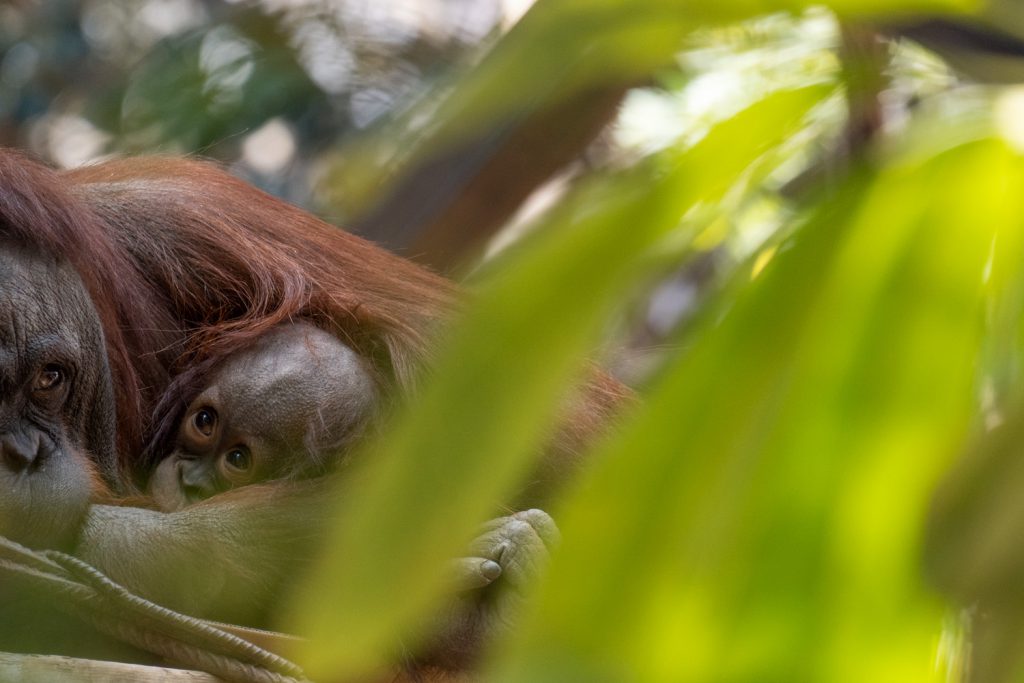Some of the most frequently asked questions by our visitors are, on the one hand, where do the animals at the zoo come from and, on the other hand, what do we do with the animals that are born at BIOPARC Fuengirola?
The answer seems obvious, but it comes as a surprise to many. The first thing is that animals are neither bought nor sold but exchanged between different zoological institutions. Something totally different from the way the old zoos worked twenty or thirty years ago. Nowadays, animals do not have an economic value, their value is purely CONSERVATION.
From the 1970s onwards, a general shift towards the need to protect species and nature began to develop, and this led many zoological institutions to begin the process of transformation towards what we know today as 21st century zoos. Work with animals evolved to ensure their welfare, and animals went from being mere collections to becoming key to the conservation of their species.
A successful captive breeding project could not be conducted individually. A single zoo does not have the space to grow the animal population, and, in addition, it faces important risks such as the appearance of diseases or the effects of inbreeding if related animals reproduce – affecting fertility, the survival of offspring or producing genetic abnormalities.
To avoid issues such as these and to encourage cooperation between zoological institutions working in the breeding and protection of species, the European Association of Zoos and Aquaria (EAZA) was established in 1992. Within the regulatory framework of the EAZA, animal populations are managed in a coordinated manner and with a clear purpose: to promote the welfare, scientific knowledge, and conservation of the species.
How does this idea work in practice? Each zoo that joins the EAZA makes its existing animals available to the EAZA. Each species has a specific conservation programme, a coordinator and a working group dedicated to compiling information from zoological institutions across Europe. They establish the best ways to care for and feed them and plan how to pair each individual and to which zoo the resulting offspring should go.
EAZA’s ex-situ programmes (EEP) aim to protect healthy animal populations and to make them demographically and genetically sustainable.
All EAZA animals must come from a reliable source and be accompanied by all relevant legislative documentation. Any details about health, diet/nutrition, reproductive and genetic status, and behaviour that may affect the management of an animal.
Jesus Recuero
Technical director, veterinarian, and curator at BIOPARC Fuengirola

